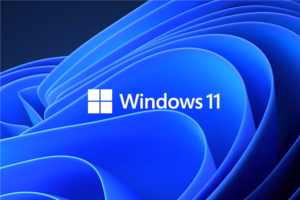December 20, 2023 –
Microsoft has recently made a strategic shift in its approach to web security, particularly concerning its Edge browser. In a bold move, the tech giant has decided to discontinue the Microsoft Defender Application Guard (MDAG) for Edge, a feature that was primarily designed to enhance cybersecurity measures for corporate users.
This decision marks a significant change in Microsoft’s security paradigm. MDAG for Edge was an integral component that offered robust protection against malicious software and cyber threats. It functioned by isolating untrusted websites and documents through hardware-based containment, ensuring a secure browsing environment for users. This isolation mechanism was particularly effective in mitigating risks associated with accessing potentially harmful content on the internet.

An important aspect of MDAG was its administrative control. System administrators had the capability to delineate trusted websites. Any site not included in this trusted list was automatically flagged as potentially unsafe. When users attempted to access such untrusted sites, MDAG for Edge would intervene, displaying a notification and redirecting the site to a secure sandbox environment. This sandboxing technique was crucial in preventing malicious code from affecting the system or compromising sensitive data.
The discontinuation of MDAG for Edge, however, does not impact the general consumer base or home computing environments. This update is primarily relevant to the commercial version of the Edge browser, which will no longer receive updates or support for the Windows Standalone Application Launcher API, integral to the functioning of MDAG.
Microsoft’s decision to phase out MDAG for Edge reflects a broader industry trend towards reevaluating and adapting cybersecurity strategies. As the digital landscape evolves, so too do the threats and challenges in maintaining secure and reliable systems. This move by Microsoft could signify a shift towards new, possibly more advanced security methodologies that align better with the changing dynamics of web security and corporate cybersecurity needs.












